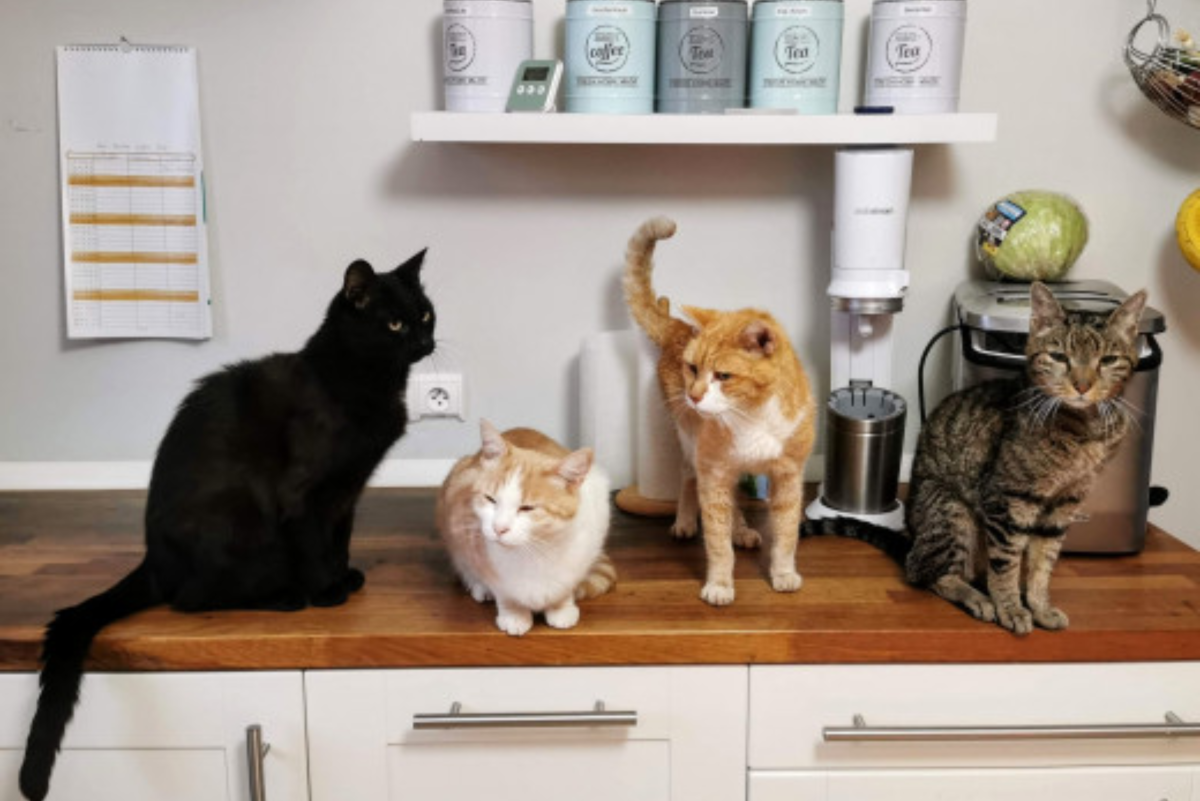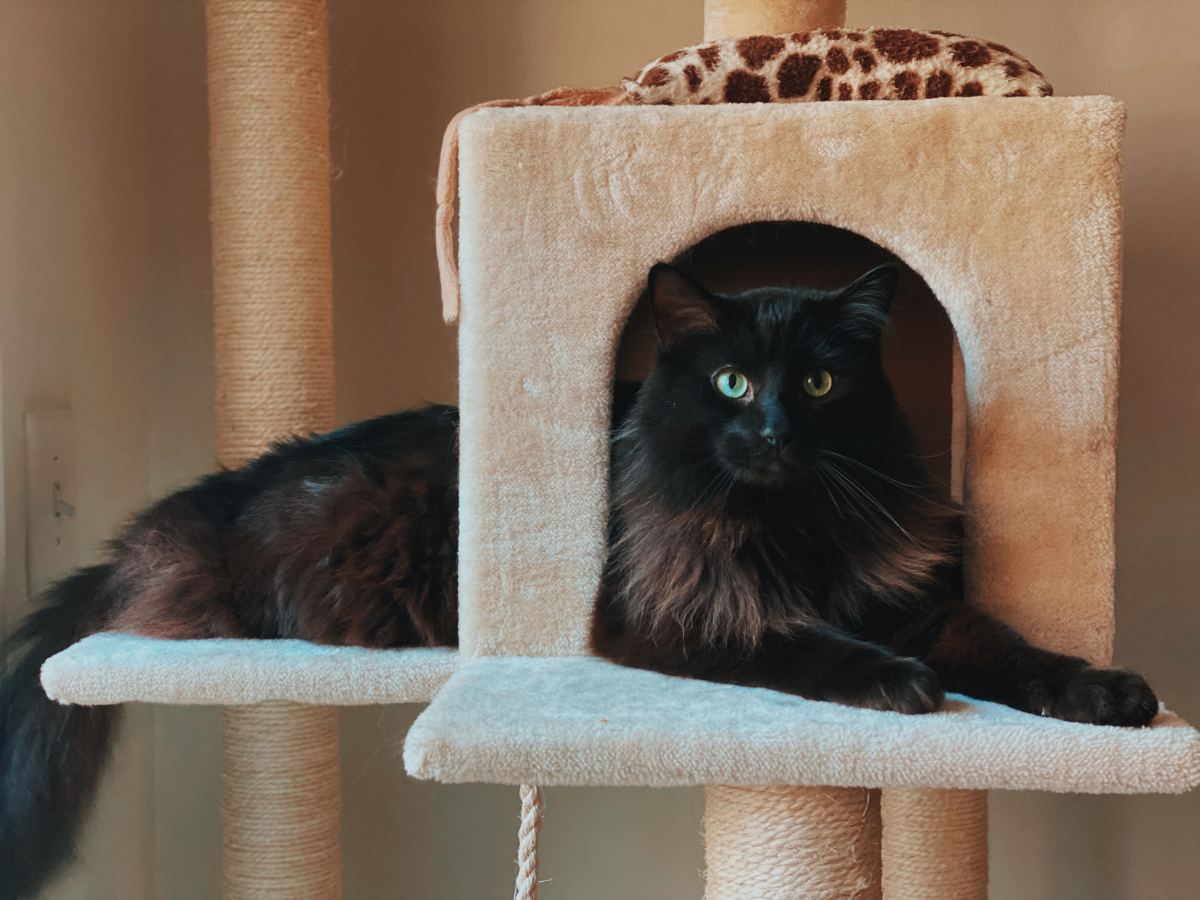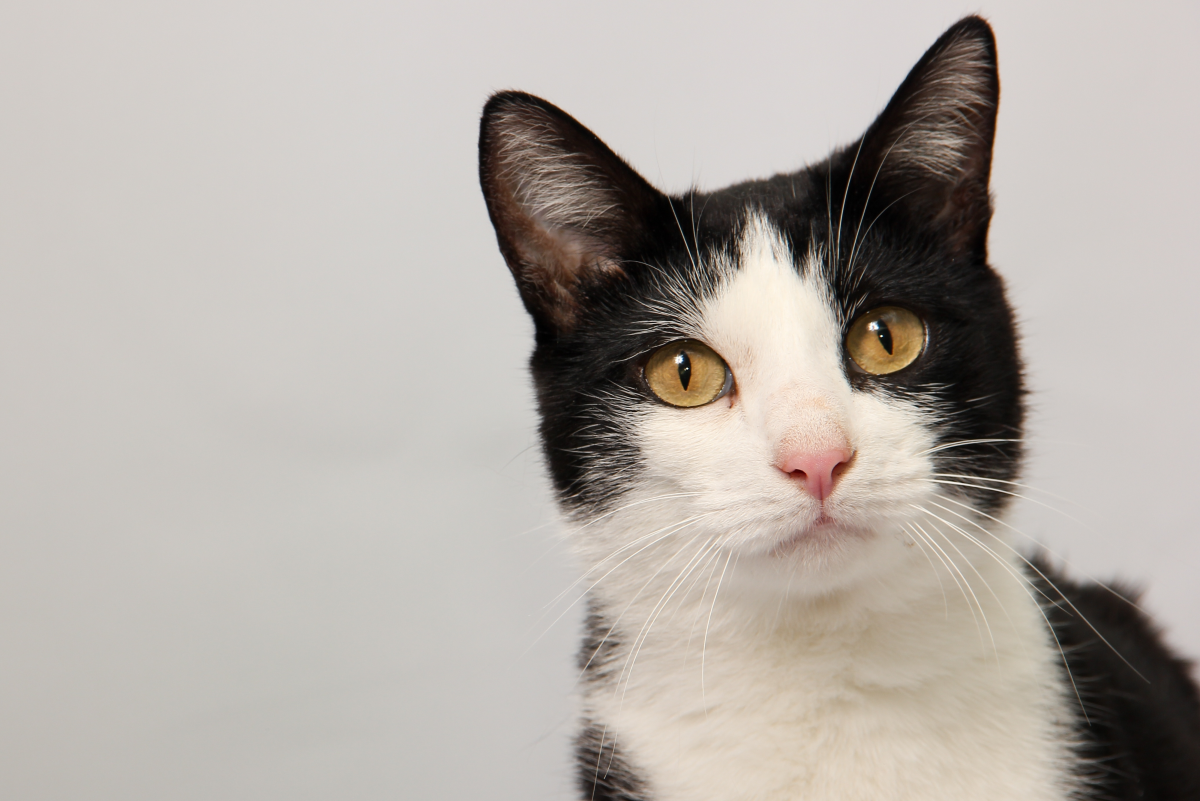How to Make Friends With Cats
Cats Make Good Friends
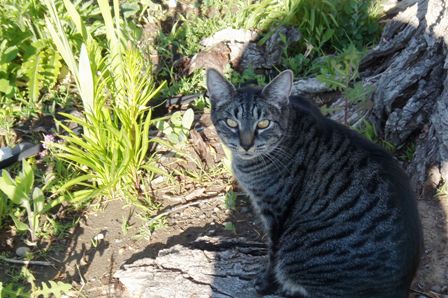
Felines Are Social Animals
Cats have a complex social system. They have human companions and they interact socially with other cats, as well as with dogs and other animals.
In taking some time to observe cats as they interact with one another, we can draw some conclusions about their thought process in terms of bonding, both with other animals as well as human beings.
It seems that cats have deveoped a generalized set of social "norms" for interacting with other cats. They are generally polite, unless someone upsets the apple cart by doing something that is socially unacceptable, such as invading personal space before becomming well acquainted, getting too rowdy at play with the senior cat citizens, or hogging all the food at the dinner table.
Cats Like to Hide and Observe

Friendship Factors Cats Consider
When choosing friends, be they cats, dogs, or humans, cats seem to take into consideration a number of factors. Because they could be considered prey to other animals, they seem to feel a need to choose their friends wisely. This is something that we as humans can take a lesson from!
Here are some things your cat may be thinking about choosing friends:
Visual Aspects: How large is this new creature? If it is larger than I, will it use its size to harm me? Will it step on me, sit on me, crush me?
Smell: We all know that animals' sense of smell is much greater than that of we humans. Felines use their sense of smell to determine where their new friend has been recently, and make other reasonable assumptions based on the information they gather from their sense of smell.
If, for example, a new friend has recently petted a dog, the cat will know right away. If it is a dog they have come to know and trust, it may be seen as a point in your favor. However, if the scent is from an unfamiliar dog, it may count against you. This applies to other smells, as well. Have you been using cleaning products? Perhaps you recently did some automotive repair. Even if you have washed your hands, the cat may still pick up the scent.
Emotions: Most people believe that animals are generally able to pick up on the emotions of others, be they other animals, or human beings.
When considered from this aspect, a cat may sense it if you are feeling edgy or irritated at something. Have you ever had the experience of having a pet who always seemed to know when you were feeling low, or were crying, and came to sit by your side as if they were commiserating with you?
When meeting a new cat for the first time, take a moment--or a few moments-- to check your emotions. Try to breathe in calm, gentle feelings, and exhale your excitable or frustration feelings. This will help the new cat feel more reassured in your presence.
Noise: It is likely that the cat you are trying to befriend will consider your vocal tones when first getting to know you. Speaking in your normal tone is best, but do try not to make sudden, loud vocal changes.
Movement: It is likely that the cat will want to observe you for a time period. Cats love to hide under the cover of furniture, bushes, and other things and just watch their environment. When considering a new friend--especially when that potential new friend has come into the cat's environment, or territory--it is likely the cat will take some time to just observe you.
While it is observing you, it will consider your movements. If you want the cat to feel comfortable around you, it is generally best to keep your movements fluid, rather than sudden.
Happy Cat
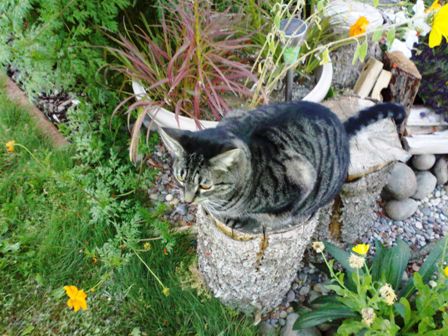
More Tips to Make Friends With Cats
- Don't try too hard. Allow the cat to observe you from a distance it feels comfortable with. Sometimes, acting like you do not see it may make it feel more comfortable. Cats sometimes like to just "hang out", listening to your voice. In this way, they feel a part of the group, yet do not feel threatened.
- Let the cat smell you. They may want to sniff your shoe or leg, or even your hand. Just allowing them to gather information in this way will make the cat feel more at ease. While they are doing this, try to remain still and curb the urge to reach out and touch the cat. Allow it to set the pace of the bonding process.
- Try to make eye contact without forcing it. As a cat becomes more comfortable with you, it will make eye contact more frequently. If they are feeling threatened or fearful, they will not blink. If they do blink while having eye contact, take this as a signal that they are comfortable enough with the friendship boundaries to make a sign of submission, or acceptance of the situation, which is what the eye-blink usually indicates.
- Make the first contact brief. If the cat is indicating acceptance of you, it is okay to reach out and gently pet him or her. Usually, they like the first contact to be done in such a way that they can keep your hand in sight. Try stroking the top of their head or the side of their cheek with the side of your finger. The cat may rub against it, and if it does, that is a very good signal that you are on your way to lasting friendship!
- Talk to the cat frequently. Cats are very group oriented, possibly because being part of a group is a way to survive dangerous situations. Once you have bonded with your new cat, it will see you as a group leader. It will want to go where you go, and look to you to set the boundaries and tone of the relationship. By talking to your cat, it sees you are acknowledging its presence as a member of your group. Being acknowledged helps to give the cat a sense of belonging. A place in the community.
- Teach the cat to recognize a few words. By using certain words consistently, a pet owner can eliminate problems that may arise later. Because your cat will look to you for clues as to how to behave, and what to expect in certain situations, using the same phrases will help train your cat to respond in certain ways. For example, you might try using the same phrase every time you feed your cat, such as, "Time to Eat!" Soon, you cat will link that phrase with food in his or her belly. As time goes on, phrases such as, "Stay back," or "get down" will be understood. Another good tip for teaching a cat to recognize words is to make sure you have eye contact with the cat before saying the word. This way, the cat will know that you are talking with him or her.
And remember, it is not the force with which you say the words that brings obedience--it is the consistency with which the words are used that teaches the cat to respond in the same way each time!
A Cat Who Feels Comfortable in Her Environment
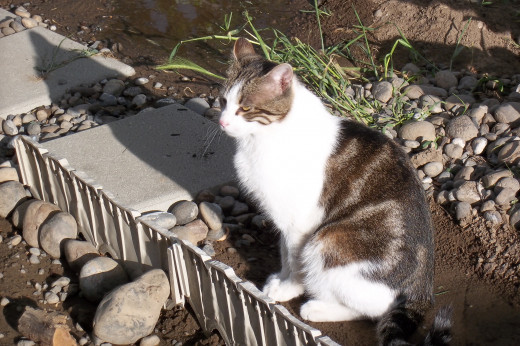
© 2013 Nancy Owens


